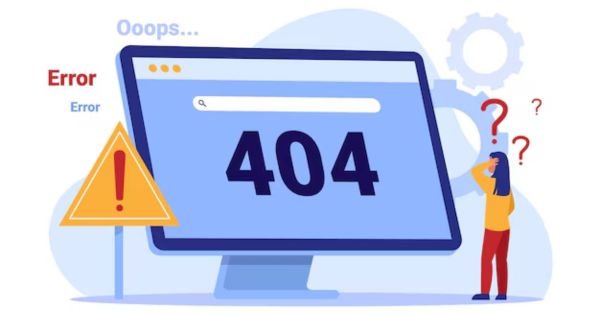The address “127.0.0.1” refers to localhost, which means your own computer. It is commonly used for testing applications. The number “62893” is a port that specifies where the service is running. Think of it as a channel that allows your application to communicate with your browser or other software.
This setup is popular among developers because it provides a safe and private environment to work on projects. However, it requires proper configuration, and small errors can lead to significant problems.
Common Errors You Might Face
Several issues can arise while working with 127.0.0.1:62893. One common problem is a “connection refused” error, which usually happens when the service or application isn’t running properly. Another issue is port conflicts, where multiple applications try to use the same port.
Firewall restrictions can also block access, making it impossible to connect. In some cases, you might encounter slow response times due to misconfigured settings or excessive background tasks. These errors can seem intimidating but are often easy to resolve with the right steps.
How to Fix These Errors
Fixing errors with 127.0.0.1:62893 starts with identifying the cause. If you face a “connection refused” error, check whether the application or server is running. Restarting it often solves the problem.
For port conflicts, use the command line to identify which application is using the port and either stop that process or assign a different port to your project. This step prevents interruptions and ensures smooth functioning.
Firewall issues can be resolved by adding exceptions for localhost or temporarily disabling the firewall while testing. To fix slow response times, clear your browser cache and ensure your system isn’t overloaded with unnecessary tasks. By following these steps, you can troubleshoot most common errors effectively.
Conclusion
Working with 127.0.0.1:62893 is an essential part of web development, but it’s not without challenges. Common errors like connection issues, port conflicts, and firewall restrictions can disrupt your work. Thankfully, these problems are manageable with the right approach.
Understanding how to troubleshoot and fix these errors ensures a smoother development experience. By applying these solutions, you can make the most of your local testing environment and focus on building great applications.
FAQs
What does 127.0.0.1:62893 mean?
It refers to localhost (127.0.0.1) and a specific port (62893) used to run and test applications locally.
Why do I get a “connection refused” error?
This error occurs when the application or server isn’t running or is improperly configured. Restarting it usually helps.
How do I resolve port conflicts?
Identify the process using the port with a command line tool and stop it or assign a new port to your application.
Can firewall restrictions affect localhost?
Yes, firewalls can block access to localhost. Adding exceptions or temporarily disabling the firewall can fix this issue.
What should I do if localhost is slow?
Clear your browser cache, close unnecessary background tasks, and ensure your settings are optimized for performance.

